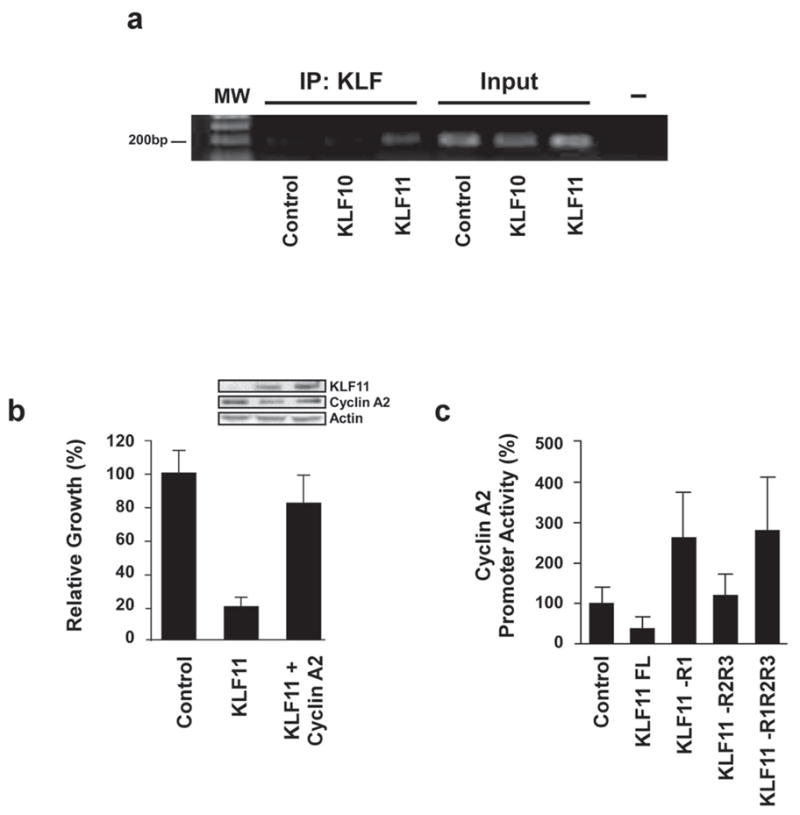Figure 5. KLF11 inhibits cell proliferation via direct binding and repression of the CCNA2 promoter in a Sin3/HDAC independent manner.

a. KLF11 occupies the cyclin A2 promoter in vivo. PANC1 cells were infected with His-tagged KLF10, KLF11 or empty vector control and chromatin immunoprecipitation was performed. Utilizing an antibody against the His-tag to immunoprecipitate protein/DNA complexes demonstrates that only the KLF11-infected cells amplify a band to indicate its presence on the CCNA2 promoter, whereas KLF10 and empty vector serve as negative controls. KLF10, the SP/KLF family member with highest similarity to KLF11, is part of the same TIEG subfamily but does not alter KRAS-mediated transformation or proliferation. Positive amplification of PCR products is shown in the input DNA lanes demonstrating that this region of the CCNA2 promoter is present in all samples before immunoprecipitation. b. KLF11-mediated regulation of the CCNA2 promoter plays a direct role in cell growth arrest. PANC1 cells were transfected with control parental vector, KLF11 alone or the combination of KLF11and cyclin A2 expression construct. Forty-eight hours post-transfection, cell growth was measured by MTS assay, which demonstrates that the KLF11-mediated inhibition of cell proliferation is rescued by cyclin A2 overexpression (22% ± 12.9% normalized to EV for KLF11 alone versus 88% ± 11.3% normalized to EV for KLF11 + cyclin A2). Control western blot shows expression of exogenous KLF11 and cyclin A proteins. c. KLF11 represses the cyclin A2 promoter in a Sin3/HDAC-independent manner. PANC1 cells were transfected with various KLF11 deletion mutants lacking the R1 (Sin3-interacting domain), R2 and R3 domains along with cyclin A2 promoter-luciferase reporter construct. Luciferase activity demonstrates that full length KLF11 is required for CCNA2 promoter repression, indicating a Sin3-independent mechanism. Statistical analysis determined that only full length KLF11 had any significant difference with the control (35.2% ± 13.7%, p<0.05). The mean and standard deviation are shown from at least three independent experiments.
